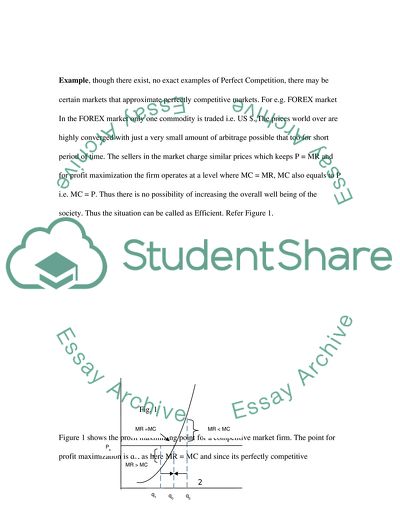Cite this document
(Market Structure and Efficiency Literature review Example | Topics and Well Written Essays - 2250 words, n.d.)
Market Structure and Efficiency Literature review Example | Topics and Well Written Essays - 2250 words. https://studentshare.org/macro-microeconomics/1736494-economics-and-economic-change
Market Structure and Efficiency Literature review Example | Topics and Well Written Essays - 2250 words. https://studentshare.org/macro-microeconomics/1736494-economics-and-economic-change
(Market Structure and Efficiency Literature Review Example | Topics and Well Written Essays - 2250 Words)
Market Structure and Efficiency Literature Review Example | Topics and Well Written Essays - 2250 Words. https://studentshare.org/macro-microeconomics/1736494-economics-and-economic-change.
Market Structure and Efficiency Literature Review Example | Topics and Well Written Essays - 2250 Words. https://studentshare.org/macro-microeconomics/1736494-economics-and-economic-change.
“Market Structure and Efficiency Literature Review Example | Topics and Well Written Essays - 2250 Words”. https://studentshare.org/macro-microeconomics/1736494-economics-and-economic-change.


